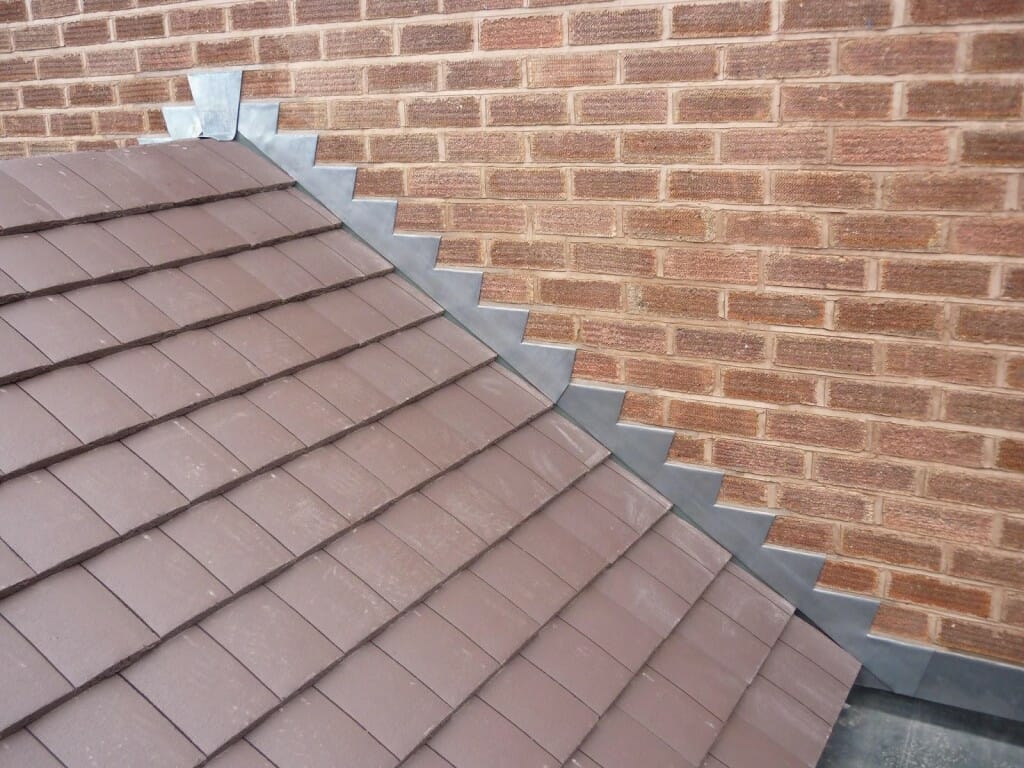The Role of Shingle Roof Ventilation
Importance of Proper Ventilation
Proper ventilation in a shingle roof is critical to prevent heat and moisture buildup that can damage the roof structure and decrease indoor comfort. Effective ventilation ensures a balanced airflow, which can reduce energy costs and extend the roof’s lifespan. Adequate ventilation also mitigates potential issues like mold growth and structural deterioration caused by trapped moisture.

Identifying Ventilation Issues
Signs of poor ventilation include unusually high indoor temperatures, moisture problems in the attic, and premature aging of roofing materials. These symptoms indicate a lack of adequate air exchange, which can lead to significant issues if not addressed. Regular inspections can help detect these problems early, preventing more extensive damage and costly repairs.
Maintaining and Improving Roof Ventilation
Regular Maintenance Practices
Effective Shingle Roof Ventilation involves keeping vents clear of debris and ensuring that insulation does not block air paths. This is essential for maintaining optimal airflow, preventing moisture retention, and reducing heat accumulation under the roof. These practices are crucial for protecting the roof’s structural integrity and the overall Health of the building.
Upgrading Ventilation Systems
Improving a home’s ventilation system may involve installing additional vents, such as soffit and ridge vents, which enhance airflow and reduce energy consumption. These upgrades not only improve the functionality of the roof but also contribute to a more comfortable and energy-efficient Living environment.
Proper shingle roof ventilation is crucial for maintaining the structural integrity of your home and improving energy efficiency. For a comprehensive guide on maintaining and enhancing your roof’s ventilation, read more in the full article here.